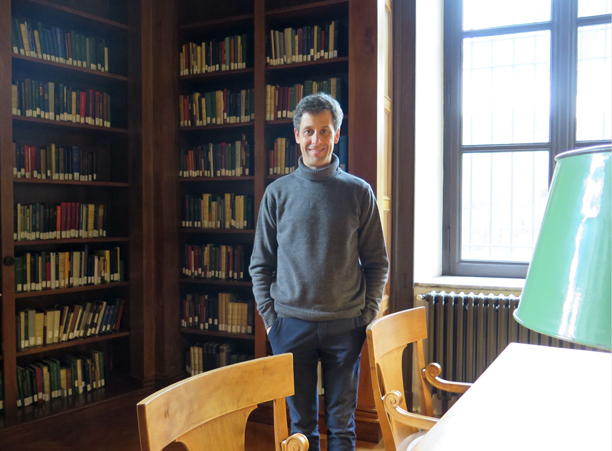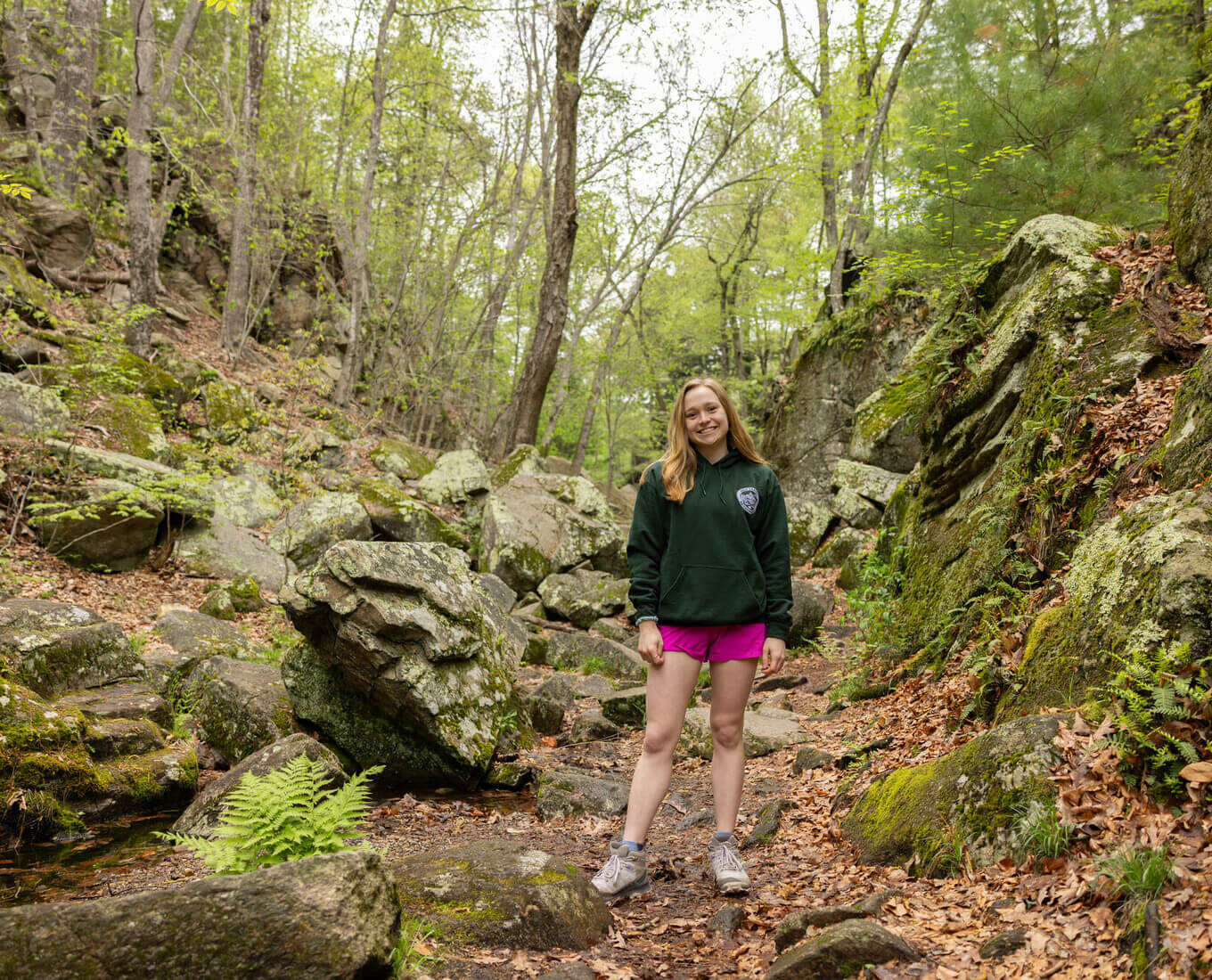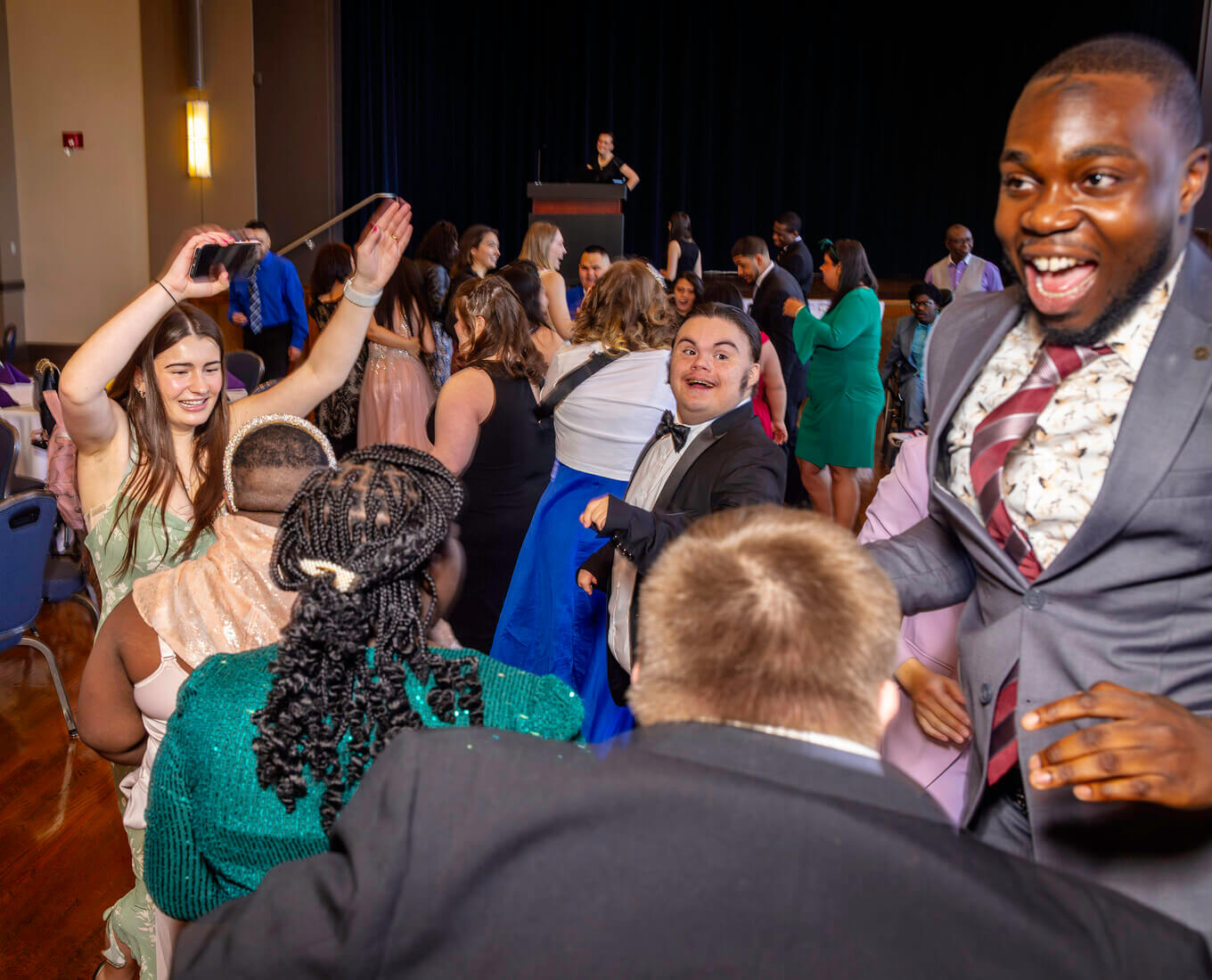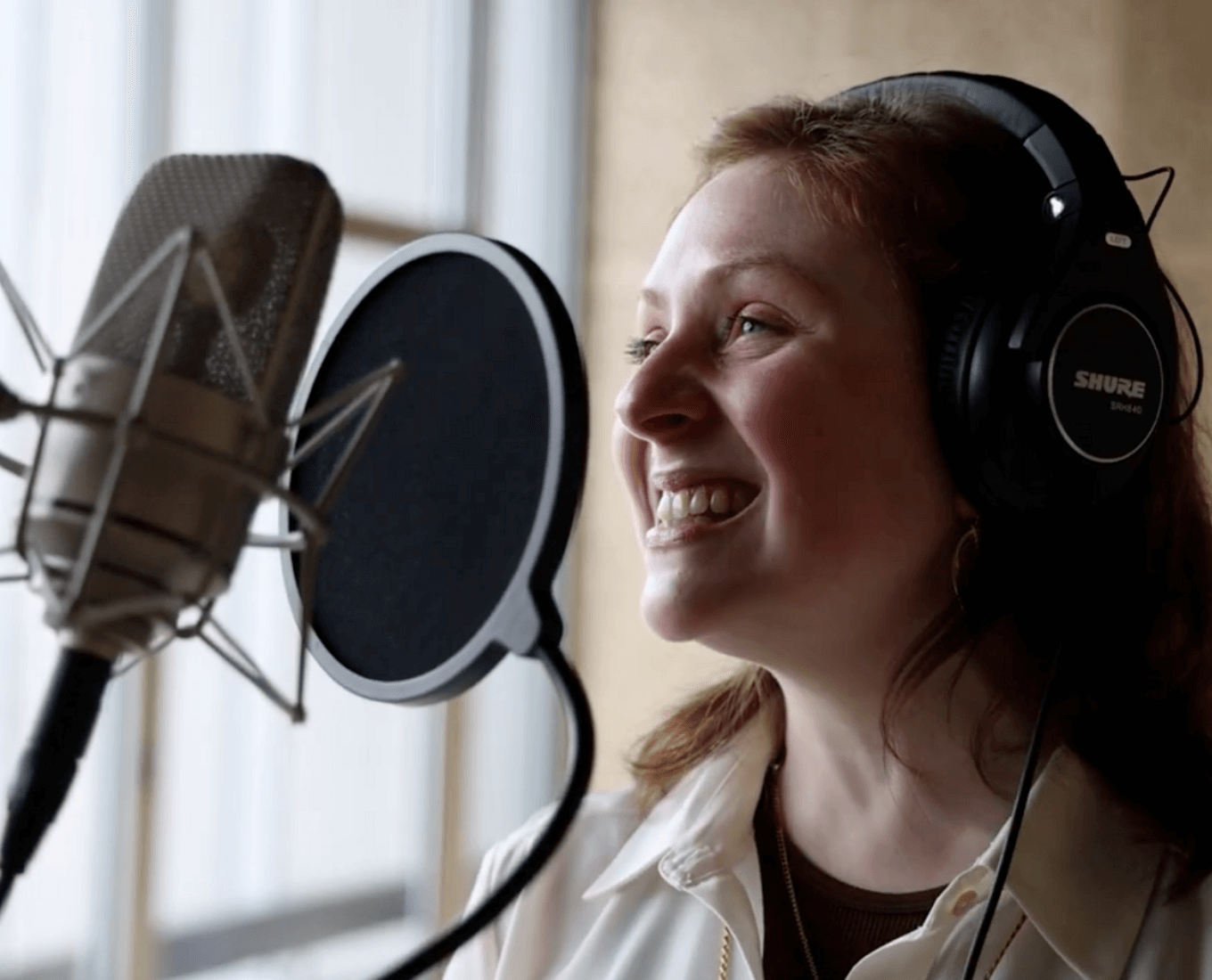 David Karmon, associate professor of visual arts at the College of the Holy Cross, has been awarded the Lily Auchincloss/ Andrew W. Mellon Foundation Post-Doctoral Rome Prize in Renaissance and Early Modern Studies, giving him the special opportunity to work at the American Academy in Rome for the 2015-16 academic year.
David Karmon, associate professor of visual arts at the College of the Holy Cross, has been awarded the Lily Auchincloss/ Andrew W. Mellon Foundation Post-Doctoral Rome Prize in Renaissance and Early Modern Studies, giving him the special opportunity to work at the American Academy in Rome for the 2015-16 academic year.
Karmon, who has been a part of the visual arts faculty at Holy Cross since 2007, was one of 29 recipients selected for the nationally competitive fellowship, which attracted more than 900 applications from leaders in contemporary American scholarship and creativity.
The fellowship is particularly significant for Karmon as it allows him to research and write his latest book—a study of architecture and the senses—while surrounded by the fascinating, layered urban environment of Rome. At the same time, it also provides access to the many resources of the world-renowned American Academy. “As a fellow, I am able to make use of special collections in Rome, including libraries, archives, and access to key historic and archaeological sites,” resources, Karmon explains, that are vital to his research.
Karmon is investigating the psychological impact of architecture, an aspect that he says has seldom been explored. While there has been a growing interest in the study of the senses among scholars in Renaissance art, the research has focused particularly on sculpture and painting, leaving early modern architecture behind.
“From the texture of dry wood to the smell and taste of moist vapor, buildings provide us with multiple and complex sensory stimuli.” These stimuli, says Karmon, are fundamental to the lived experience of architecture. “My book examines how the sensation of architecture, registered in memory, space, and everyday movement, defined the critical contours of experience and knowledge in the early modern world.”
Beyond the typical resources supporting and advancing Karmon’s research, his work also benefits from the structure of the Rome Prize Fellowship, which annually supports advanced independent work in the arts and humanities in a unique residential community that encourages frequent interdisciplinary dialogue. The fellows represent the 11 disciplines supported by the Academy, which include architecture, design, historic preservation and conservation, landscape architecture, literature, music composition, visual arts, ancient, medieval, and Renaissance and early modern studies.
“Already during the first few months of my fellowship in this rich and extraordinary setting, surrounded by world-class scholars and artists, I feel that my research and writing is beginning to take new directions,” Karmon offers. “The American Academy models how the ideals of a liberal arts education can be put into effect: it is an institution that fosters collegial exchange, interaction, and the discussion of new ideas across different disciplines.”
He explains that these interactions are often informal, taking place, for example, over meals. “A chance conversation at the table can open up new horizons and new ways of thinking. Such conversations are not only relevant to my current research project, but they are also stimulating in terms of thinking about the field as a whole.”
Just mid-way through the fellowship, which has provided the time and the environment for his research to thrive, Karmon knows the experience will follow him back to the classrooms of Holy Cross, informing and enhancing his teaching in innumerable ways.
Visual Arts Professor Receives Prestigious Fellowship to Conduct Research in Rome on Architecture and the Senses
Read Time
2 Minutes


